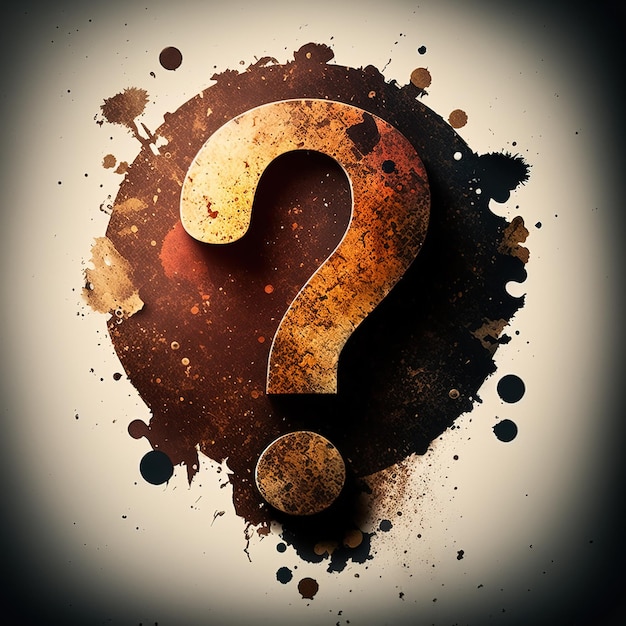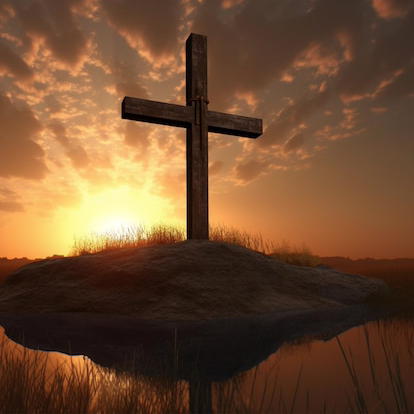Jason, it sounds like you've mixed in a lot of common martial arts myths that persist even in today's information highway. Of course I've read Funakoshi's biography. Karate, without the do, or just plain "te" (hand) came from those Okinawan villages (I'm half Okinawan, and my grandfather was a bushi warrior with a sword and the whole bit. Very similar to Funakoshi's backround.). The original kanji reading for kara was China. When it was spread to the Japanese mainland, the kanji was changed to "empty" (still read kara), implying the emptiness of Zen. Do was added so the art would be more accepted next to its more indigenous brethren (judo, aikido, kyudo, jodo, kendo, etc. which all came from Japanese bujutsu, later called bushido), although most people drop the "do" part. To say any "do" art came from Okinawa is a bit of a stretch.
The Samurai class did not arise from Buddhist monks in any way. The indigenous religion of the samurai was shinto (Way of the gods). As buddhism spread to Japan, the warrior class embraced one particular sect known as zen, as it prepared the warrior mentally for facing death (we have J.C. for that now). As the shogun government unified Japan and eliminated the need for warfare, the samurai used zen-breathed martial arts for spiritual development rather than actual fighting. As opposed to common belief, the official religion of the samurai was shinto, not buddhism.
Brazilian Jiu-jiutsu is based on Judo, predominantly ground-fighting, as you said.
I'm not sure what you're saying about k.f./wu-shu. The original fighting art in China was called kung fu (cant: gung-fu). The communist dictatorship suppressed all martial study out of fear of overthrow, but allowed a loophole in calling it wu-shu (lit. "martial arts") and designating a show form only. The term kung fu actually just means "achieved skill", and could technically mean any art in which a person has a high degree of skill in. (as it happens, I'm half Chinese also and studied traditional KF for 3-1/2 years). It that's what you were trying to say, then I agree with you.
As far as the Glock-fu, mine is fine, though I'm more of a Sig man (just can't get used to that grip angle).















